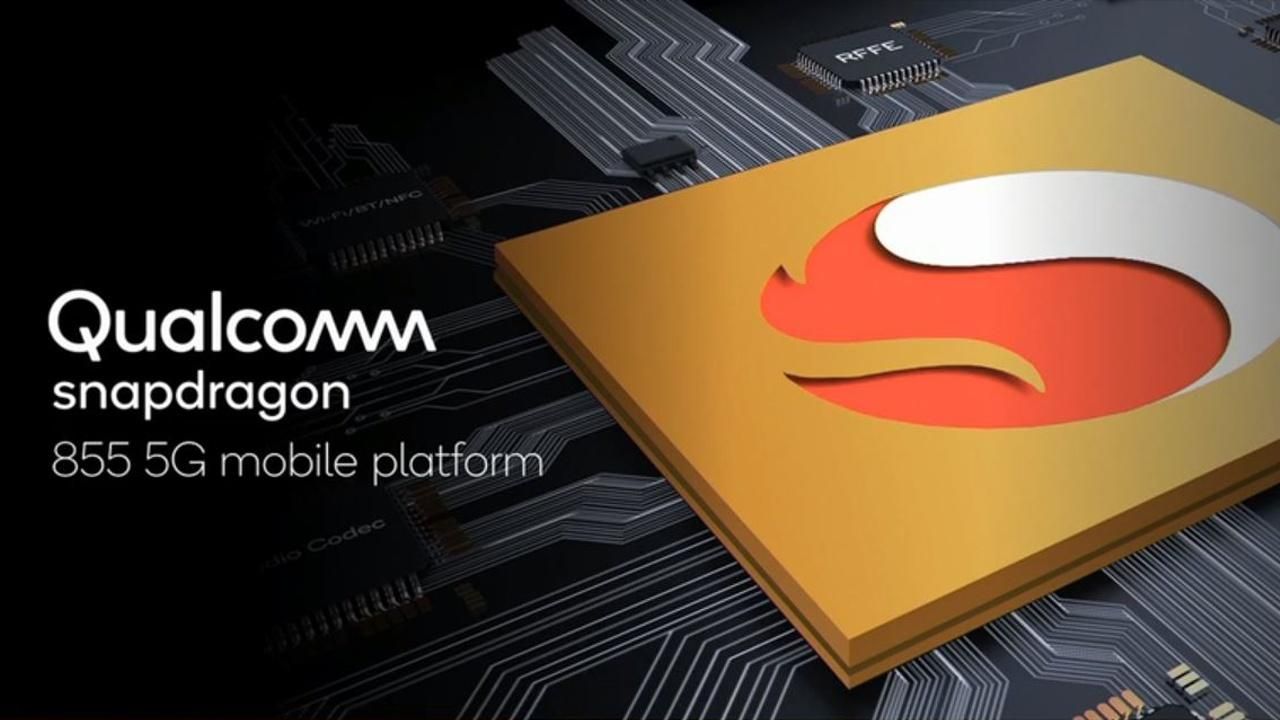With more than 1 billion smartphones supplied, Qualcomm says that the past 11 years of Snapdragon processors are only the beginning of bringing users all the connected experiences they want, first. And while there was a moment where some thought that streak would end, the chipmaker is back for another crack at it, this time with 5G as its charge.
For mobile devices, all of this will be accessed through the Snapdragon 855 chipset, connected through the Snapdragon X24 modem — if you’re wondering where the 5G-capable Snapdragon X50 modem is, we’ll get there.
In the meantime, Qualcomm is putting artificial intelligence through a battery of transistors: eight Kryo 485 cores, the Adreno 640 GPU and the Hexagon 690 DSP. Any combination of each stack will be able to run neural networks in addition to the typical voice assistant like Alexa or Google Assistant. The company boasts that its architecture gives it a double advantage in performance with two recent 7nm processors — we note that they are the Kirin 980 and Apple A12 Fusion.
The Spectra image signal processor has been upgraded to not only retrieve camera data, but also supply the user-end vision pipeline and resulting composite data like depth maps — something that has taken the CPU, GPU and DSP in tandem to perform. The ISP is equipped to allow depth mapping capture at 60 frames per second — perfect for video and real-time object attenuation — and 4K HDR capture at 60fps. The new ISP should generally only use a quarter of the power that its processes would formerly use.
Physically-based rendering provides certain benchmarks like materials and effects for enhanced realism in mixed reality uses. Gaming experiences overall are now HDR-capable — a first in the Snapdragon series. The Adreno 640 gets a 30 percent boost in cycles from the 630 on the Snapdragon 845.
Separate from this package is Qualcomm’s newest 3D Sonic Sensor, an under-display fingerprint sensor using ultrasonic echoes to create a three-dimensional master. The sensor also is able to read through liquids or particles on the finger for verification.
So, where’s the Snapdragon X50? Well, Qualcomm says that it will also be available as an auxiliary component — clients would have to install both Snapdragon 855 with its integrated X24 modem and the separate X50 modem. In either case, the product is upgraded to be adaptable for Wi-Fi 6 with improved 802.11ax dual-band and 802.11ay 60GHz reach plus LTE Category 20 speeds on the X24 for up to 2Gbps downlink.
Expect product integrations in 2019.

